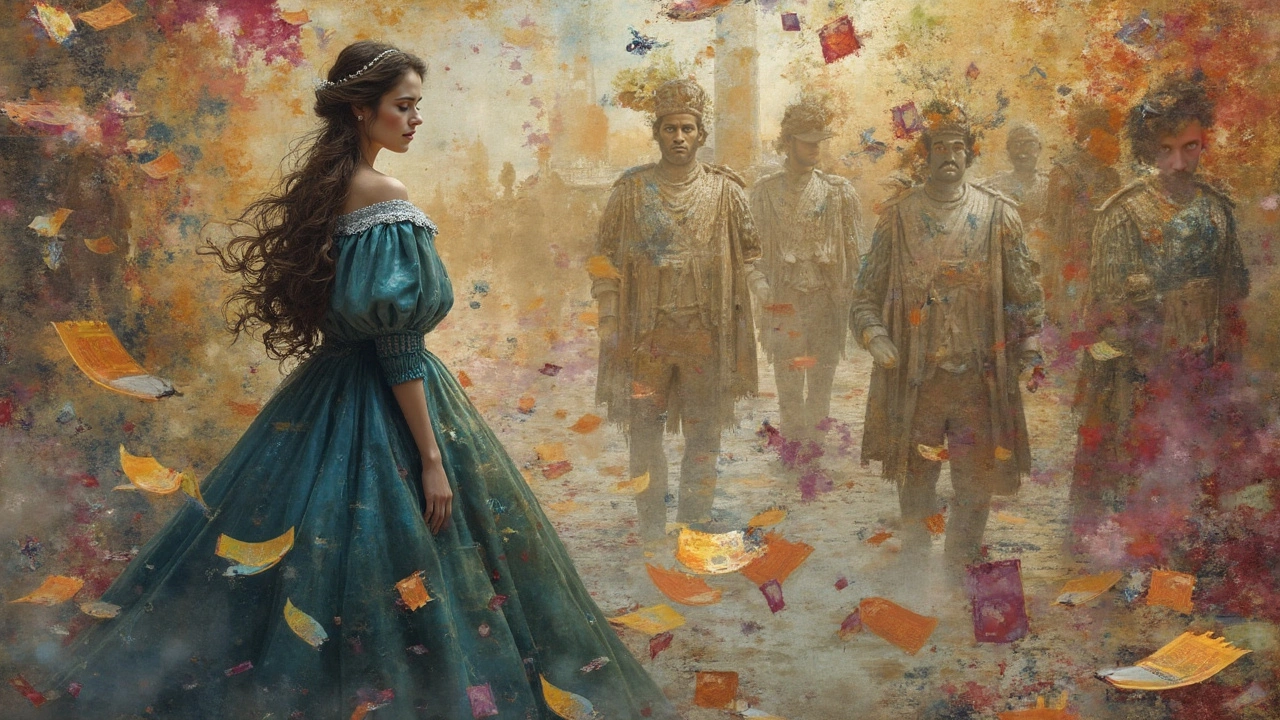Currency Design: How Money Gets Its Look and Security
Ever wonder why a $20 bill feels different from a euro note? It’s not just the paper – it’s the design. Currency design blends art, technology, and anti‑counterfeit tricks to make money both beautiful and hard to fake. In this guide we break down the basics, share current trends, and answer the questions most people have about how cash gets its look.
Key Elements Every Banknote Must Have
When designers start a new bill they focus on three pillars: visual identity, security features, and usability. Visual identity includes national symbols, historic figures, and colors that instantly link the note to a country. Security features are the hidden or hard‑to‑replicate parts – watermarks, holograms, micro‑printing, and tactile elements for the blind. Usability means the note has to be easy to handle, fold, and sort in vending machines.
Most modern notes use a polymer substrate instead of cotton paper. Polymer is more durable, resistant to water, and lets designers embed transparent windows that change shape when you tilt the note. Those windows are a favorite because they’re eye‑catching and very tough for counterfeiters to reproduce.
Current Trends in Money Design
Designers are now leaning toward minimalist art mixed with high‑tech security. You’ll see bold, simple patterns on the background paired with complex foils that shift colors. Many countries also include QR codes or NFC chips that can store basic info about the note’s origin – a nod to the digital age.
Another big trend is cultural storytelling. Instead of just a famous leader, new bills feature a collage of everyday life: iconic architecture, traditional crafts, or local wildlife. This helps citizens feel a personal connection to the cash they use daily.
For collectors, these design shifts mean newer series become instant hits. Limited‑edition releases, like a “heritage” series that re‑imagines historic stamps, can fetch high prices on the secondary market.
So, what should you look for if you’re curious about a new bill? Check the front for the main portrait, flip it over for the security window, run your finger over the raised ink, and tilt it to see holographic movement. If the note feels sturdy and the colors stay sharp after a week, you’re holding a well‑designed piece of currency.
Whether you’re a casual user, a collector, or just someone who likes to know why the money in your wallet looks the way it does, understanding currency design gives you a new appreciation for that everyday object. Keep an eye on upcoming releases – the next big design could be just around the corner.

The Mystery Behind the Woman on the 10 Euro Note
Ever wondered about the woman gracing the 10 euro note? While many might think she's a historical figure, her identity is shrouded in mystery. This article uncovers the story behind her, revealing the artistic decisions behind the design and what she symbolizes for the eurozone. Dive into the world of euro notes and discover the fascinating blend of history, culture, and art. It's a journey through currency design you didn't know you needed.
Read More